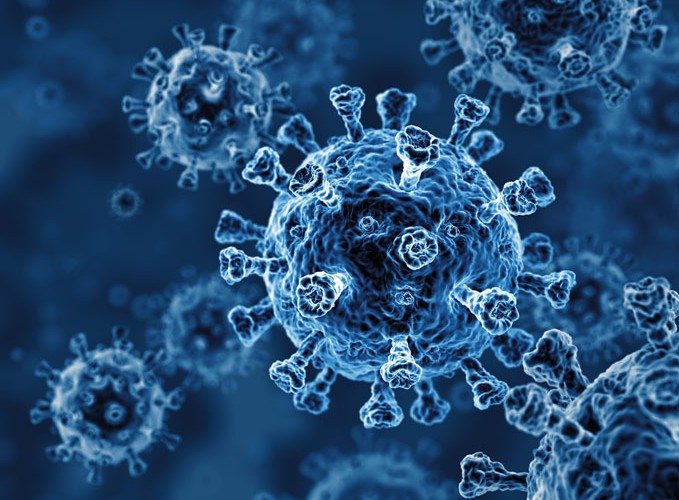Canada’s Challenges and Opportunities to Address Contaminants in Wastewater
In October 2017, Canadian Water Network embarked on a national review of contaminants in municipal wastewater and Canada’s options to deal with them. A national expert panel was established to guide the process and experts were consulted across the country. The panel’s culminating report informs and empowers decision makers and stakeholders to choose the most [...]











